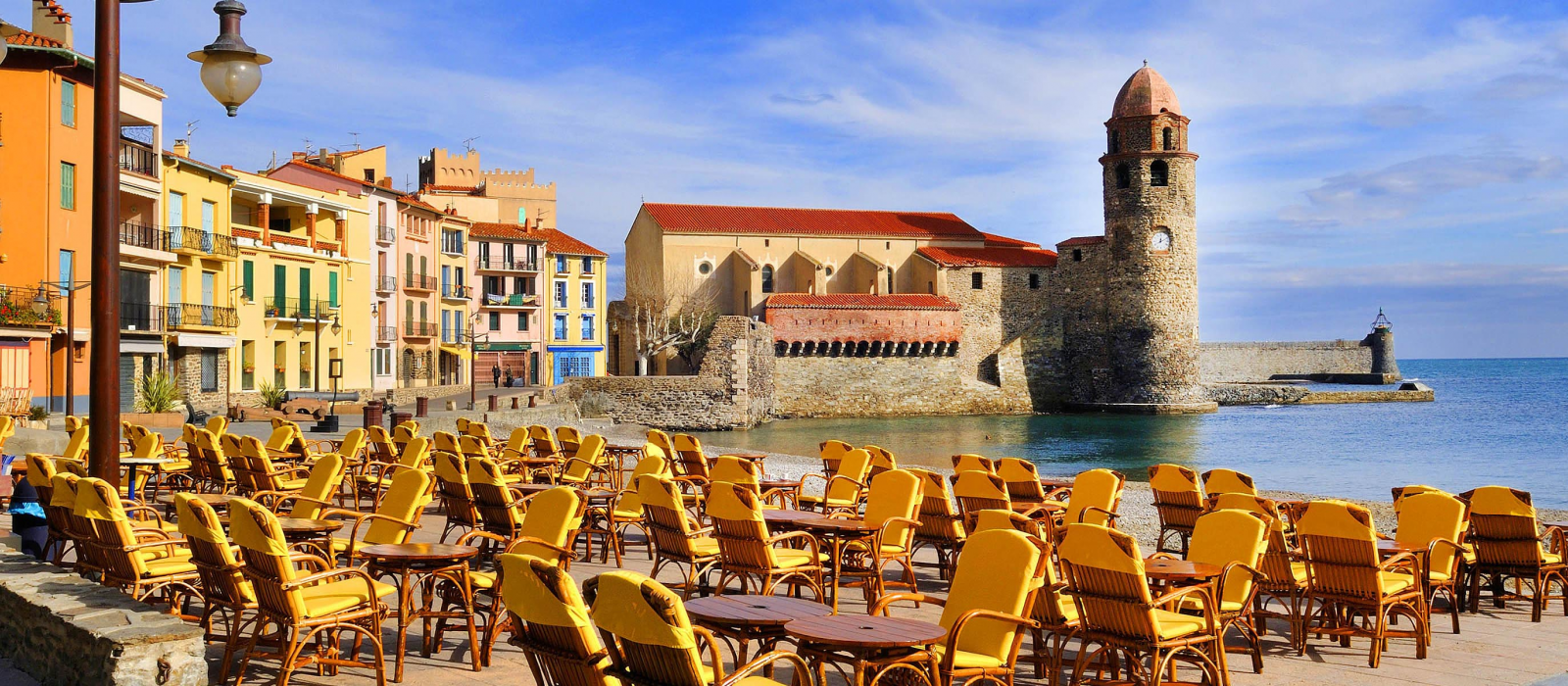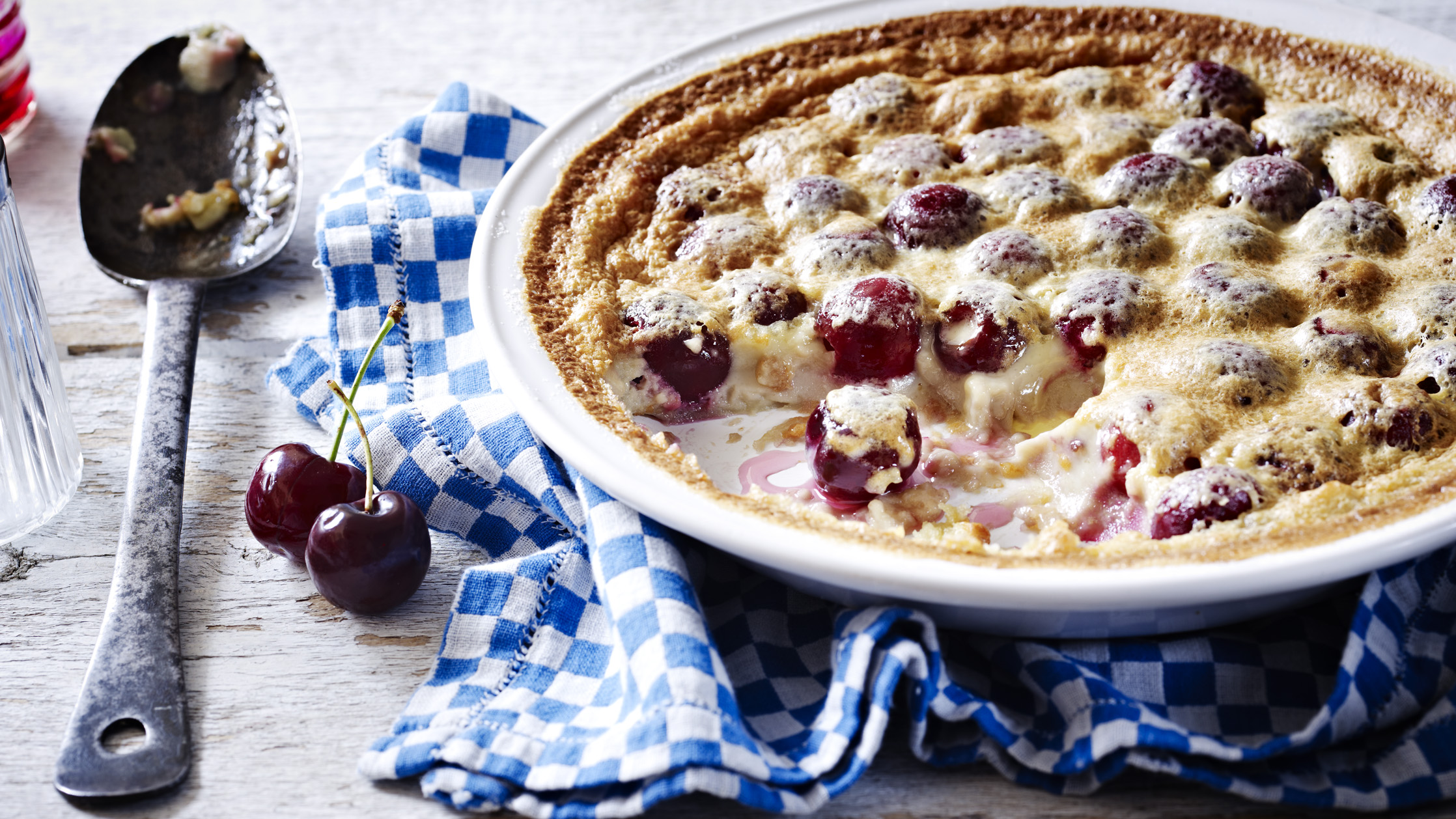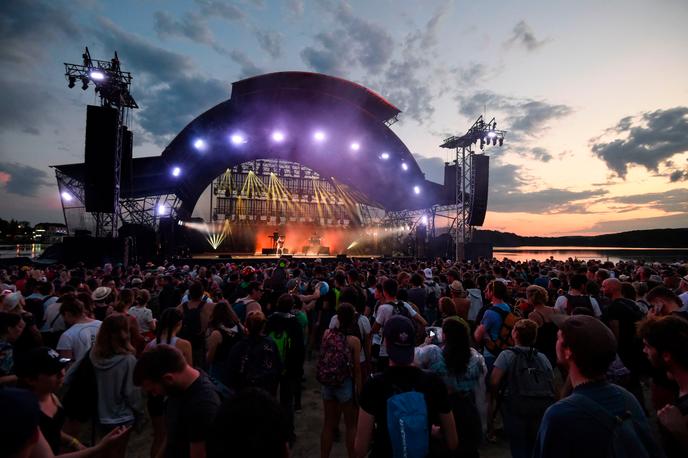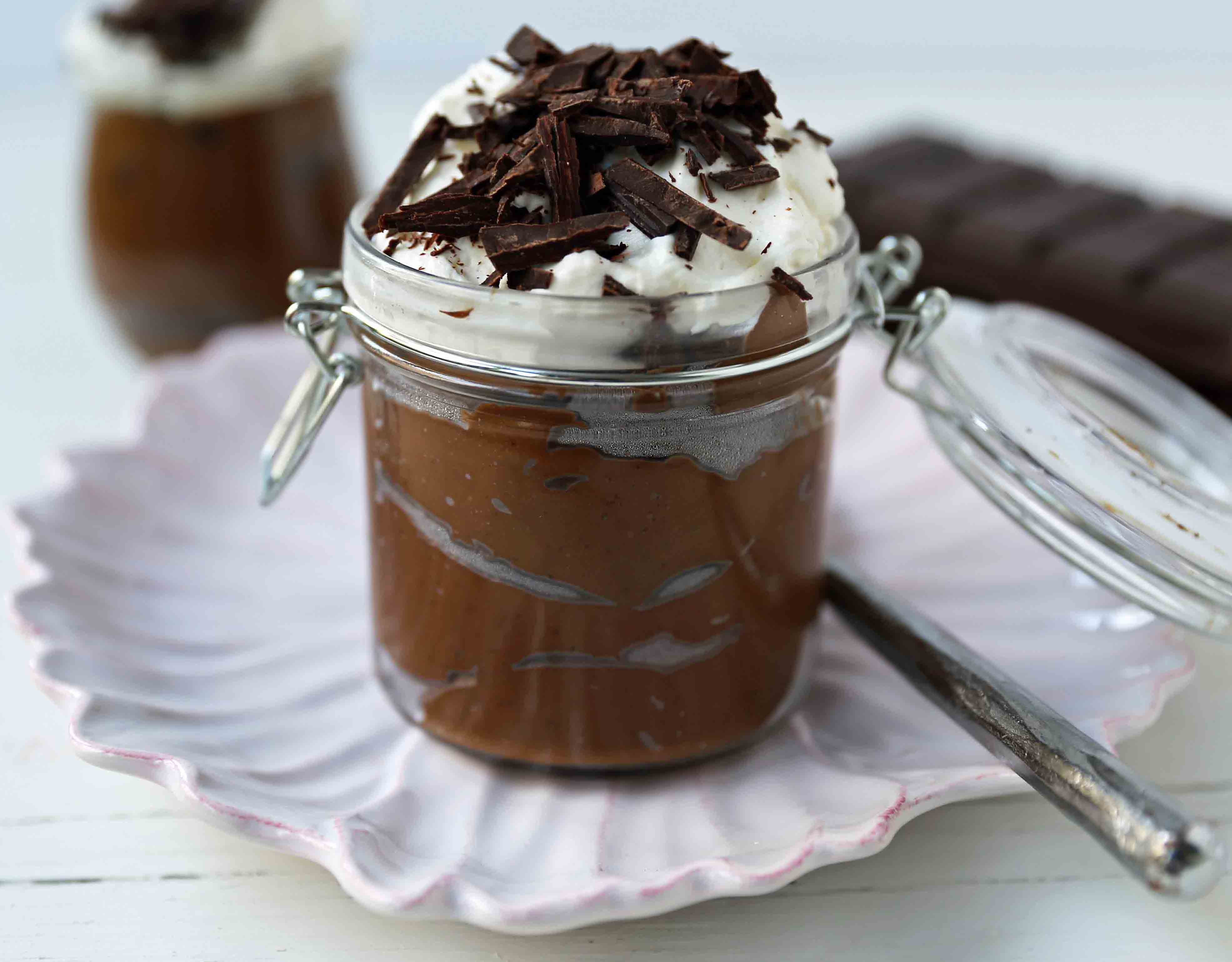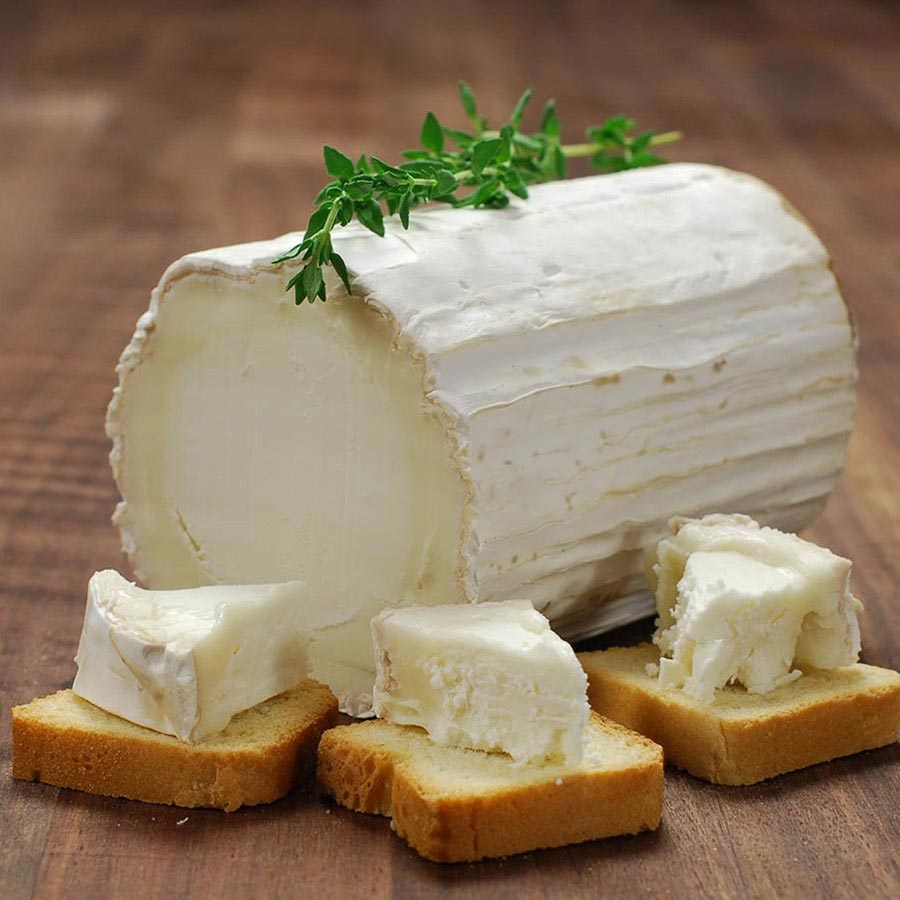As you travel more, you discover that the most notorious destinations as Paris or Rome aren't the ones who will fulfill your expectations and enrich your experience as you expected
Q: Why?
A: Bigger cities mean greater industrialization, more pollution, streets full of trash, more traffic gems, less green spaces, globalized architecture and overcrowded attractions dominated by high prices.
Now think that you want to take the perfect snapshot to post it on your personal account, so everybody can be inspired by your story. But what about if you see THIS level of air pollution on your trip and all your ideas of stunning photos are ruined?

(Photo by Smarter Travel)
Lucky for you, we have the list of 3 greenest capitals from Europe that are environmental-friendly by providing more cycle lanes, higher air and water quality and a bigger surface of green public spaces. Don't worry, we will tell you about what attractions to visit too!
Let us inform you better about the difference about smog and fog, before you will say each city has the air polluted. While fog is a natural phenomenon encountered from time to time near earth's surface as thick cloud, smog is mixed with the first term mentioned mixed with smoke and atmospheric pollutants.
"OK...Boring", says the person reading this.
We explained this so you can understand the more pollutant particles are in air (being classified in three category: PM 2.5 and 10, first one being the most common) the less clear sky you will have in your trips, photos, city break.
Let us inform you better about the difference about smog and fog, before you will say each city has the air polluted. While fog is a natural phenomenon encountered from time to time near earth's surface as thick cloud, smog is mixed with the first term mentioned mixed with smoke and atmospheric pollutants.
"OK...Boring", says the person reading this.
We explained this so you can understand the more pollutant particles are in air (being classified in three category: PM 2.5 and 10, first one being the most common) the less clear sky you will have in your trips, photos, city break.
1. Vienna, Austria:
Austria's capital is recognized as being one of the most beautiful cities, but no everybody knows that it's also a sustainable city by owning a 1.300 km of cycle lanes, having a 83% population that tends to use more public transportation and bikes to travel to work, meaning less traffic and a pollution of air of PM 2.5 according to Breezo Meter of 9.41 um/m3 (By the way, the limit of this index is 12) resulting in a clear and fresh air.
Things to visit: The Palmenhaus at The Burggarten - literally a glass house, a getaway in the middle of the city that provides also a lunch shop; Imperial Palace of the Habsburg dynasty rulers - for 15 euros you can spend a whole day exploring the forth types of Architecture: Gothic, Renaissance, Baroque, and Rococo in the 18 groups of buildings with 2.6000 rooms; The Prater - covering and old-fashion theme park with a Giant Ferris Wheel dating since 1896, different rides, dinning areas, museums and monuments near by.
Food to try: Viennese sausage in Wurstelstand kiosks, Austrian dumplings Knödel, Viennese coffee in Café Hawelka.
(Photo by SWOREX-Knödel)
2. Bern, Switzerland:
Hold on! Don't tell me you made the same mistake as the rest of the World and thought that Zürich is the capital of this country? It's good that you are reading this, you may also want to know that it has a 400 km of cycle lanes , the PM 2.5 of pollution is 0,91 um/m3 which is almost nothing, the green space is coating 32.76% of the total surface and the daily average percentage of traffic gems was 20% in 2018.
Things to visit: The Old Town - listed under UNESCO World Heritage preserved in its medieval characteristics and most known for its Clock Tower; Museum of Bern & Einstein Museum - mixed building forming the second largest museum from the country that exhibit the scientist's life and the history of the country from Stone Age, to Middle Ages and 20th Century; Rosengarten - a romantic bloomed roses garden that used to be a cemetery in 1913.


(Photo by National Geographic.nl-Bern's Old Town)
Food to try: Weiner schnitzel made from beef meat, eggs and bread crumbs; the delicious Rosti made from boiled scraped cheesy potatoes and the famous Fondue Swiss melted cheese.
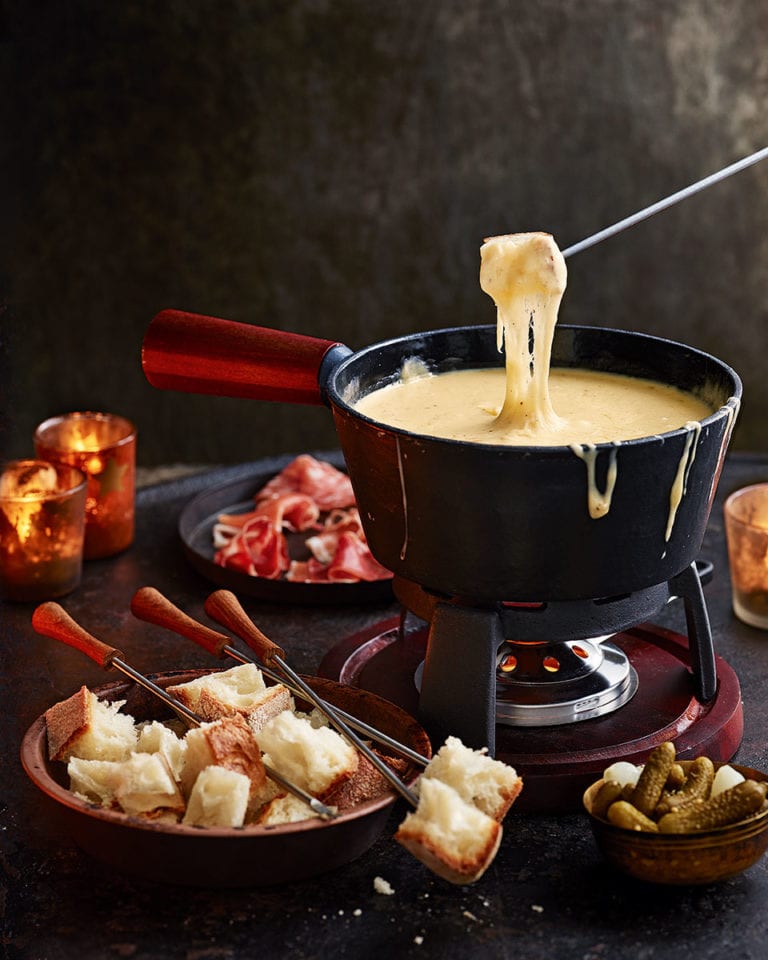

(Photo by Delicious Magazine-Fondue)
3. Helsinki, Finland:
Going to Santa Claus' home we can discover that this city has a 1.200 km long cycle lanes, the PM 2.5 is 8.17 um/mg on the last check, 20% of traffic congestion according to Tom Tom Index and a surface of 40% green spaces.
(Owned Photo- Suomenlinna Island)
Things to visit: Suomenlinna Island - a 20 min ferry ride from Kauppatori harbor can bring you to a medieval fortified fortress hailed by UNESCO; Helsinki Cathedral - iconic symbol with a height of 62 meters and a neoclassic style; Helsinki City Museum - free entry museum close to the cathedral which exhibit the past life of Finland in a interactive way.
(Owned Photo-Helsinki Cathedral)
Food to try: Pulla known as delicious cinnamon buns found everywhere throughout the country; Baltic Herring - being a port city, you can find a big amount of sea food, the most popular being the herring also has its own festival each year; Finnish Coffee - let's not forget that Finland is the biggest consumer of coffee, people enjoying 1.262 of cups per year. The best place to try it is in Café Regatta, a countryside look-a-like shop.
(Owned Photo- The Rustic Café Regatta)
As the all top 3 cities are quite expensive, we wanted to offer more tips about Helsinki (which we already visited). All three attractions are free entrance and for traveling around the city (including ferries) you can take a daily pass for 8 euros using HSL app. Café Regatta is 100% approved by our coffee lover and the price is affordable.
Considering the article can go longer with other runner-ups: Stockholm, Copenhagen, Amsterdam, Oslo and so on. Moreover, we just want mention one more city placed on 13th place: Vilnius, Lithuania.












